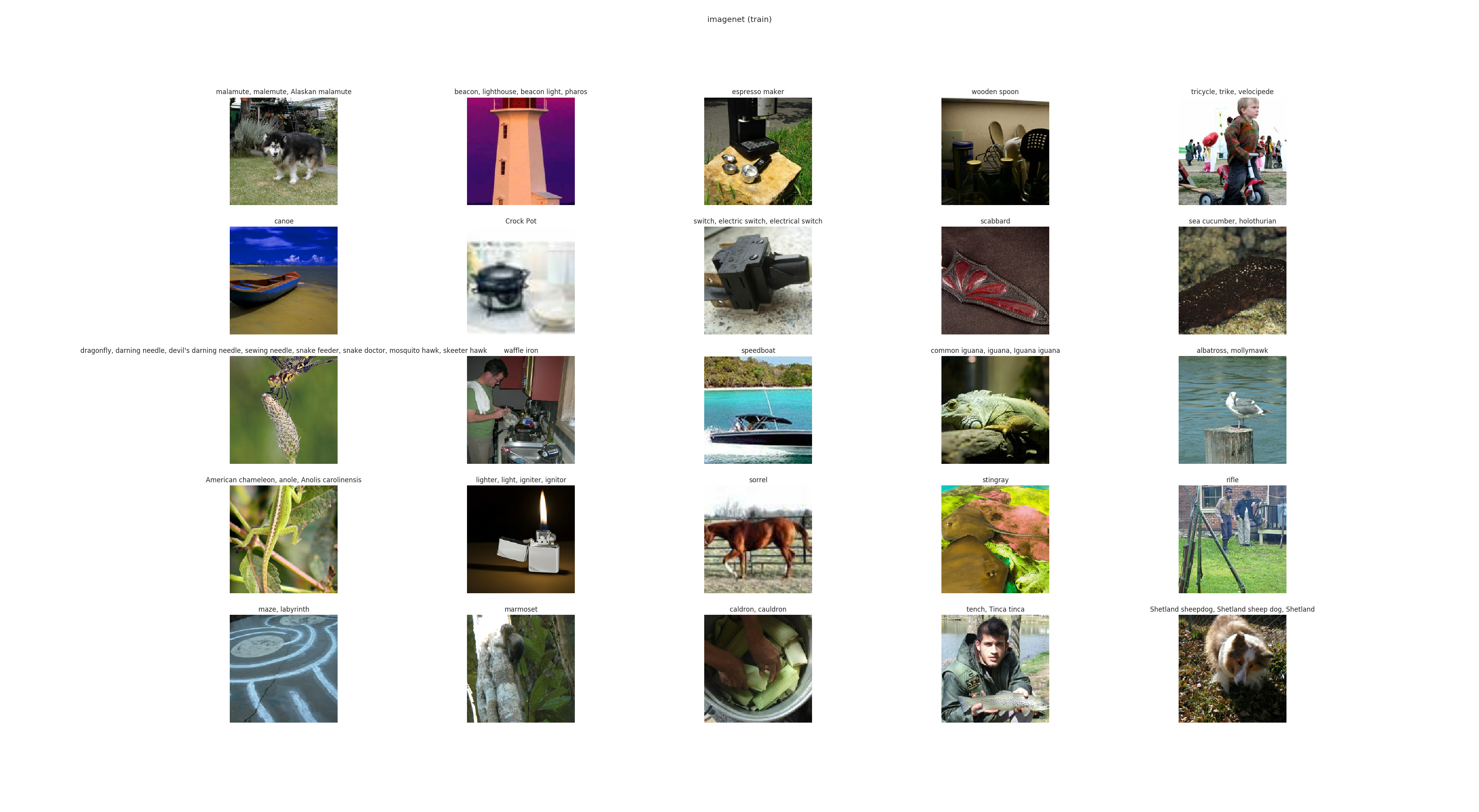Overview¶
DeepOBS provides modules and scripts for the full stack required to rapidly, reliably and reproducibly benchmark deep learning optimizers.
Here we briefly described the different levels of automation that DeepOBS provides. While, they are built hierarchically, they can be used separately. For example, one can use just the data loading capabilities of DeepOBS and built a new test problem on top of it.
A more detailed description of the modules and scripts can be found in the API reference section.

Data Downloading¶
DeepOBS can automatically download and pre-process all necessary data sets. This includes
- MNIST
- Fashion-MNIST (FMNIST)
- CIFAR-10
- CIFAR-100
- Street View House Numbers (SVHN)
- Leo Tolstoi's War and Peace
Note
While ImageNet is part of DeepOBS, it is currently not part of the automatic data downloading pipeline mechanic. Downloading the ImageNet data set requires an account and can take a lot of time to download. Additonally, it requires quite a large amount of memory. The best way currently is to download and preprocess the ImageNet data set separately if needed and move it into the DeepOBS data folder.
The automatic data preparation for the TensorFlow version script can be run using
deepobs_prepare_data.sh
and is described in the API section under Prepare Data.
For the PyTorch version the data preparation is mostly done automatically by Torchvision. If you use a test problem where the data set is not available in Torchvision (e.g. Tolstoi's War and Peace) you can execute the above mentioned script for the PyTorch version as well.
Data Loading¶
The DeepOBS data loading module then performs all necessary processing of the data sets to return inputs and outputs for the deep learning model (e.g. images and labels for image classification). This processing includes splitting, shuffling, batching and data augmentation. The data loading module can also be used to build new deep learning models that are not (yet) part of DeepOBS.
The outputs of the data loading module is illustrated in the figure below and is further described in the API section for TensorFlow (Data Sets) and PyTorch (Data Sets) respectively.

Model Loading¶
Together, data set and model define a loss function and thus an optimization
problem. We selected problems for diversity of task as well as the difficulty of
the optimization problem itself. The list of test problems of DeepOBS includes
popular image classification models on data sets like MNIST, CIFAR-10 or
ImageNet, but also models for natural language processing and generative
models.
Additionally, three two-dimensional problems and an ill-conditioned quadratic problem are included. These simple tests can be used as illustrative toy problems to highlight properties of an algorithm and perform sanity-checks.
Over time, we plan to expand this list when hardware and research progress renders small problems out of date, and introduces new research directions and more challenging problems.
The implementation of the models is described in the API section under Test Problems and Test Problems respectively.
Runners¶
The runners of the DeepOBS package handle training and the logging of statistics measuring the optimizer's performance. For optimizers following the standard TensorFlow or PyTorch optimizer API it is enough to provide the runners with a list of the optimizer’s hyperparameters. We provide a template for this, as well as an example of including a more sophisticated optimizer that can’t be described as a subclass of the TensorFlow or PyTorch optimizer API.
In the API section, we describe the runners for TensorFlow and PyTorch and in the Simple Example we show an example of creating a run script for a new optimizer.
Baseline Results¶
DeepOBS also provides realistic baselines results for, currently, the three most
popular optimizers in deep learning, SGD, Momentum, and Adam.
These allow comparing a newly developed algorithm to the competition without
computational overhead, and without risk of conscious or unconscious bias
against the competition.
Baselines for further optimizers will be added when authors provide the optimizer’s code, assuming the method perform competitively. Currently, baselines are available for all test problems in the small and large benchmark set.
The current baselines can be downloaded from github.
Runtime Estimation¶
In the current DeepOBS version, runtime estimation is not yet available.
Visualization¶
The DeepOBS analyzer module reduces the overhead for the preparation of results, and simultaneously standardizes the presentation, making it possible to include a comparably large amount of information in limited space. A more detailed description can be found in its API reference: Analyzer. We also procide an example: Simple Example